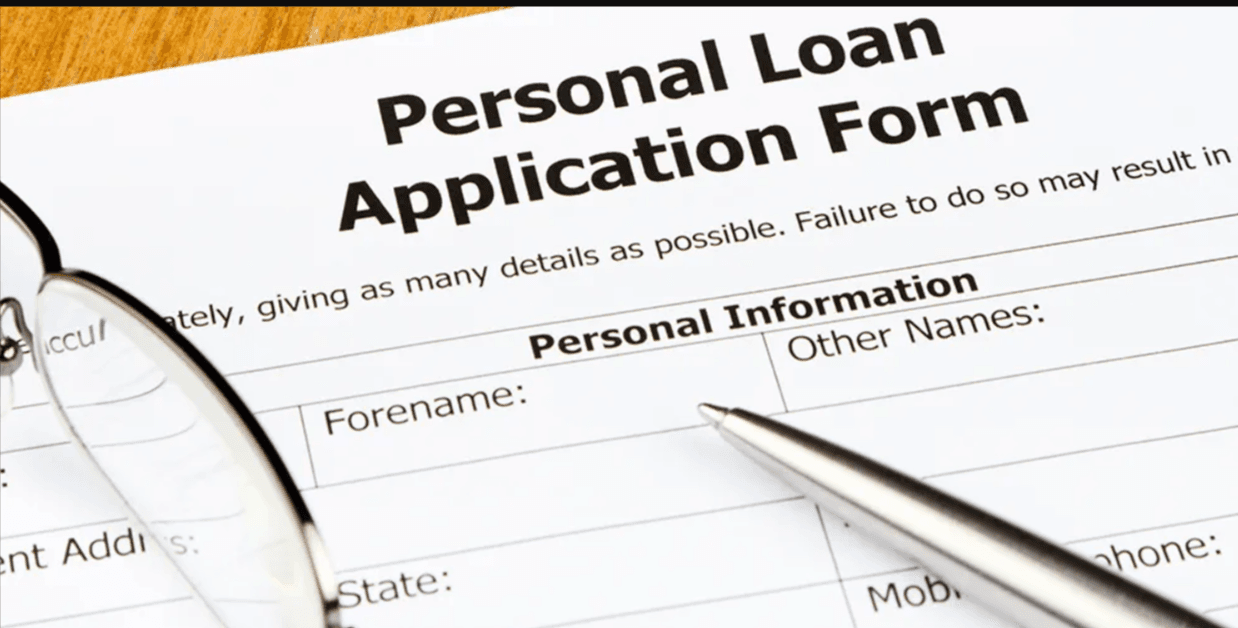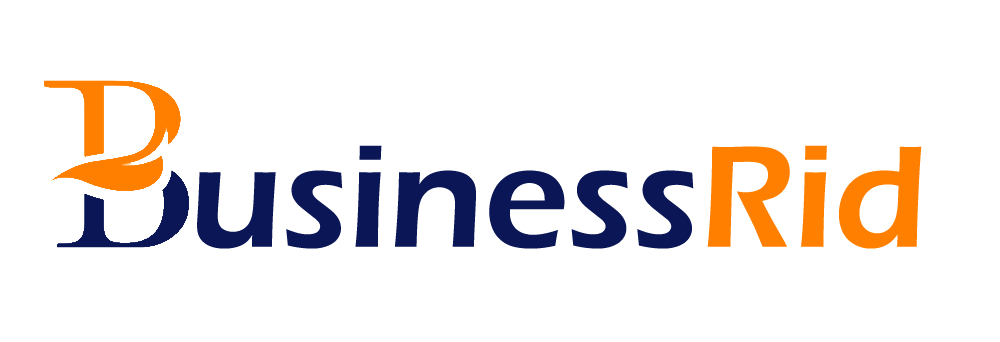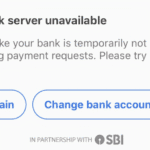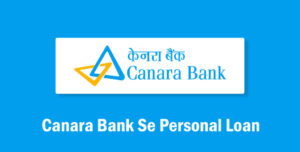
A Step-by-Step Guide to Submitting Your Personal Loan Application
Personal loans have become a hassle-free solution for covering short-term needs, ranging from debt consolidation to home renovation or even meeting medical bills, in today’s dynamic financial world. For Indian customers who wish to navigate the process with ease, understanding the ins and outs of a personal loan application can be the difference between quick approval and a painful delay.
Here’s a clear, step-by-step plan to help you proceed with confidence.
Understand Why You Need the Loan
Before initiating your personal loan application, it’s important to be clear about the purpose of the loan. Whether it’s for an emergency, a planned purchase, or debt consolidation, your reason will influence how much you need to borrow—and for how long. Lenders in India typically offer flexible repayment tenures, but clarity on your end ensures you don’t overextend financially.
It also helps to gauge whether you truly need a personal loan or if another credit product may be more suitable. For example, a credit card may be more suitable for short-term, smaller expenses, while a personal loan is better suited for larger, one-time requirements.
Check Your Eligibility
This is a most neglected step, but it is crucial to prevent unnecessary rejections. Most of the banks and non-banking finance companies (NBFCs) publish their eligibility criteria on their websites. Common factors typically checked include age, monthly income, employment status, credit score, and outstanding debts.
Many lenders in India now offer online eligibility calculators. These tools allow you to check your qualification in just a few clicks, without affecting your credit score. If you’re hoping to secure low interest personal loans, a strong credit profile (typically a CIBIL score above 750) can significantly enhance your chances.
Compare Lenders and Offers
Not all loans are created equal. Once you know you’re eligible, it’s time to shop around. Compare interest rates, processing fees, prepayment charges, and loan tenures. Public sector banks often offer lower interest rates, but private banks and NBFCs may provide faster disbursal and more relaxed documentation.
For those seeking low interest personal loans, consider checking with your salary account bank first—they may have pre-approved offers with better terms. It’s also worth exploring digital lending platforms, many of which aggregate offers from multiple lenders in one place.
Gather the Required Documents
Documentation is key to a smooth personal loan application process. Generally, you’ll need:
- Proof of identity (Aadhaar card, PAN card, passport)
- Proof of address
- Income proof (salary slips, bank statements, or ITRs)
- Employment details
- Recent passport-sized photographs
Self-employed individuals may be asked to provide additional documentation, such as business proof and audited financial statements. Keeping all documents scanned and ready can speed up the digital application process.
Fill Out and Submit the Application Form
Whether applying online or offline, ensure that every detail on your personal loan application form is accurate and complete. Discrepancies—such as mismatched addresses or incorrect contact details—can result in delays or rejections.
If you’re applying online, you’ll likely be asked to upload your documents, complete e-KYC verification, and consent to a credit score check. Many fintech platforms and banks have streamlined this process, enabling approvals within minutes and disbursal within 24–48 hours.
Wait for Verification and Approval
Once submitted, the lender will verify your details. This includes checking your credit score, contacting your employer (in some cases), and evaluating your repayment capacity. Some lenders may conduct a brief telephonic verification or even an in-person visit, although this is becoming less common with digital-first providers.
If everything checks out, you’ll receive an offer letter outlining the sanctioned loan amount, interest rate, tenure, EMI details, and terms. Review it carefully before signing the agreement.
Receive the Disbursal and Begin Repayment
Once the loan offer is accepted, the amount will typically be credited to your bank account within one to two business days. Ensure you are clear on the repayment schedule, arrange auto-debit mandates if feasible, and closely monitor your EMIs.
Keep in mind that timely payments are imperative—not only to prevent fees but also to ensure a good credit score. This may qualify you for low interest personal loans down the line.
Final Thoughts
Submitting a personal loan application doesn’t have to be a nerve-racking experience. By following a structured approach—starting with eligibility checks and ending with responsible repayment—you can turn a personal loan into a practical and well-managed financial tool.
And here’s the bottom line: Whether you’re eyeing low interest personal loans or simply trying to fund an urgent need, staying informed and methodical is your best bet. Financial discipline, as always, makes all the difference.


















Average Rating